Greece
May, 2022
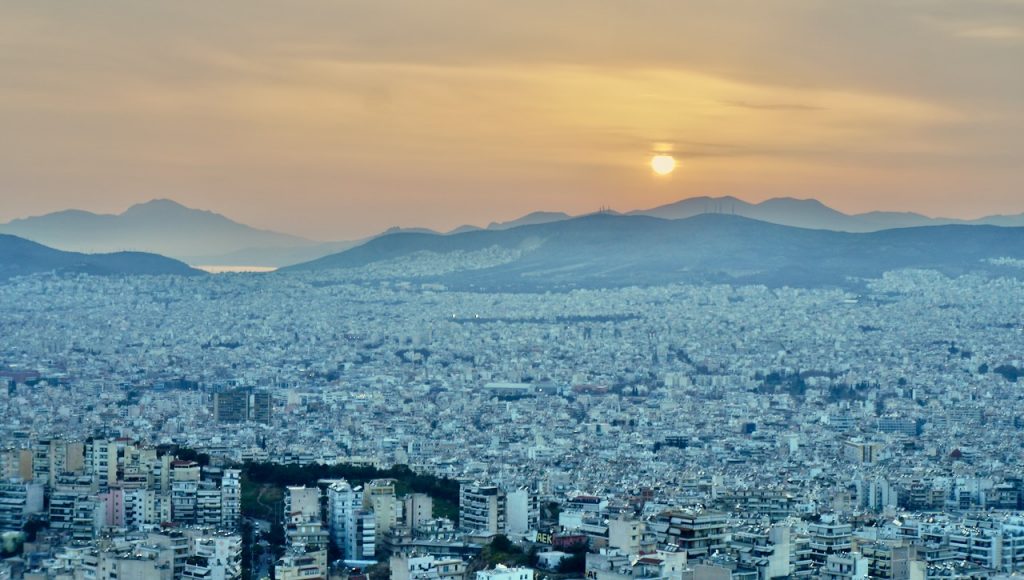
Addendum to Turkey Blog
As our ship sailed from Istanbul to Athens, we once again transited the narrow Dardanelle Straits between the European and Asian landmasses situated within Turkey. Since the time of the Byzantines and the Ottomans, Turkey was the gatekeeper for transit between the Mediterranean and the Black seas. This location enabled the ability of Turkey to collect tolls from traders. I’m not informed as to the current fees paid by ships transiting through Turkey and the Dardanelles. But I’m sure there is some cost for all foreign ships passing through this Turkish bottleneck.
Currently, because of the Russian invasion of Ukraine, warships of any nationality are forbidden transit permission. This does not affect cargo ships, which might be carrying supplies with military applications to the Russians. Russia’s war goal is to cut off access by Ukrainian ships by a Russian military blockade. Ukraine is/was a primary source of grains to Egypt and other Middle Eastern countries whose populations outstripped there native agricultural capacities. When we were in Egypt, our tour guide told us that the government was forced to release national grain reserves in order to counteract a severe price rise on the international market. Egypt’s national grain reserves can ease the crisis for one year only. If Ukraine is totally blockaded and unable to export or even harvest its grain crops next year, a severe price crisis will spread worldwide. There is little hope for Ukraine’s agriculture to rebound this year.
Finally, I don’t have a photo of this…But during our transit we saw a Russian cargo ship, presumably an oil tanker. It didn’t have a large identifying ship-name on its bridge, but rather a large letter “Z”, the symbol of the Russian military in its Ukraine invasion. Who knows where this Russian oil tanker was going. Perhaps some national agency tracks the final destinations of such ships. But there is certainly nothing currently preventing Russia from continuing to finance its war in Ukraine.
Greece

Susan and I visited Athens two years ago as part of our first Viking ocean cruise just prior to the covid shutdown. During that visit, we experienced an extensive tour of the Parthenon and the Acropolis Museum. Thus, on this visit to Athens we chose excursions outside of Athens, including the ancient ruins of the city of Corinth and a temple to Apollo.
A quick review of Greece’s towering presence in world history: The Greeks affected the whole world with their ideas, foremost among them the concept of democratic rule. Greece gave rise to philosophers including Socrates, Plato, and Aristotle. Greek architecture was adopted first by the Romans, but later around the world, including the columns seen in US government buildings in Washington DC. The Greek language gave rise to words in science, religion, and history that have been adopted by other countries’ languages around the world.
During our visit in Turkey, the ruins of Ephesus and other sites were Greek in origin. The Greek empire ruled Turkey prior to both current Greece and Turkey being ruled by the Roman Empire. Later, the Ottoman empire ruled Greece. The Greeks and Turks had a troubled relationship in the 20th century. After World War I, settling a war between the two countries led to the migration of over a million Greeks from Turkey, and a similar number of Turks from Greece back to Turkey. Nonetheless, there are many parallels between the culture, cuisine, and traditions of Greece and Turkey.
Poseidon Temple of Sounion
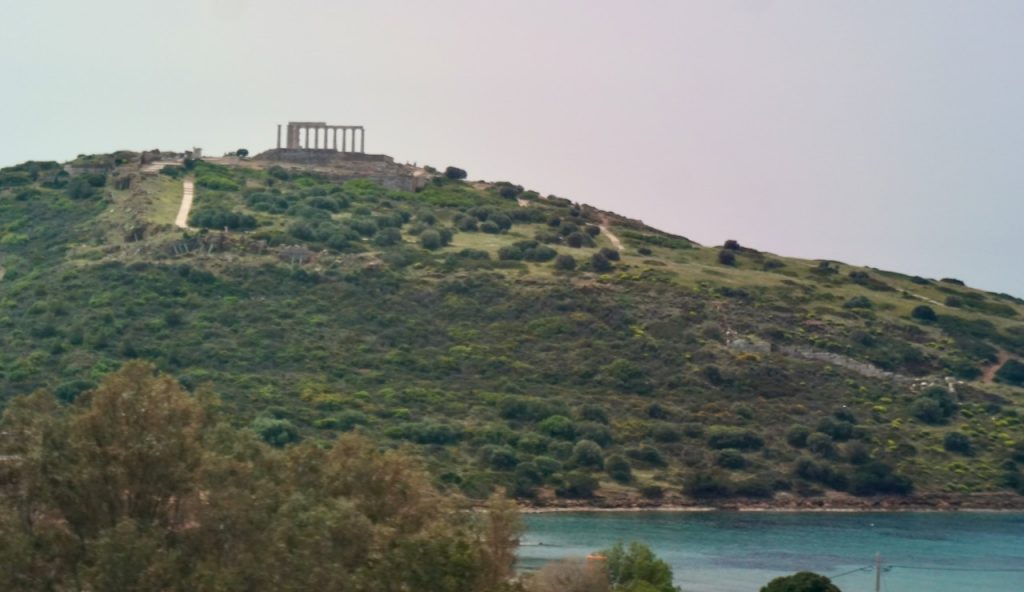
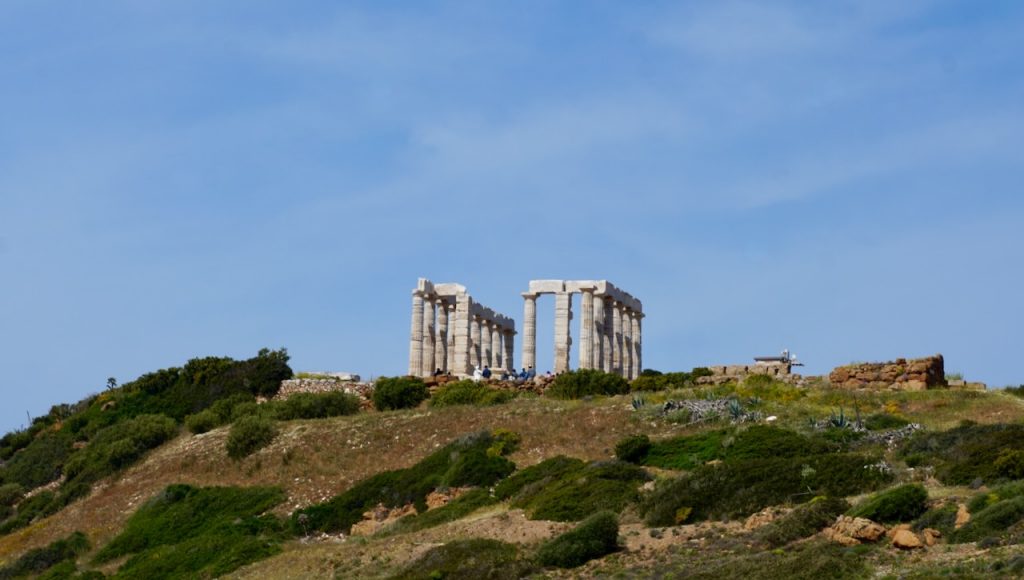
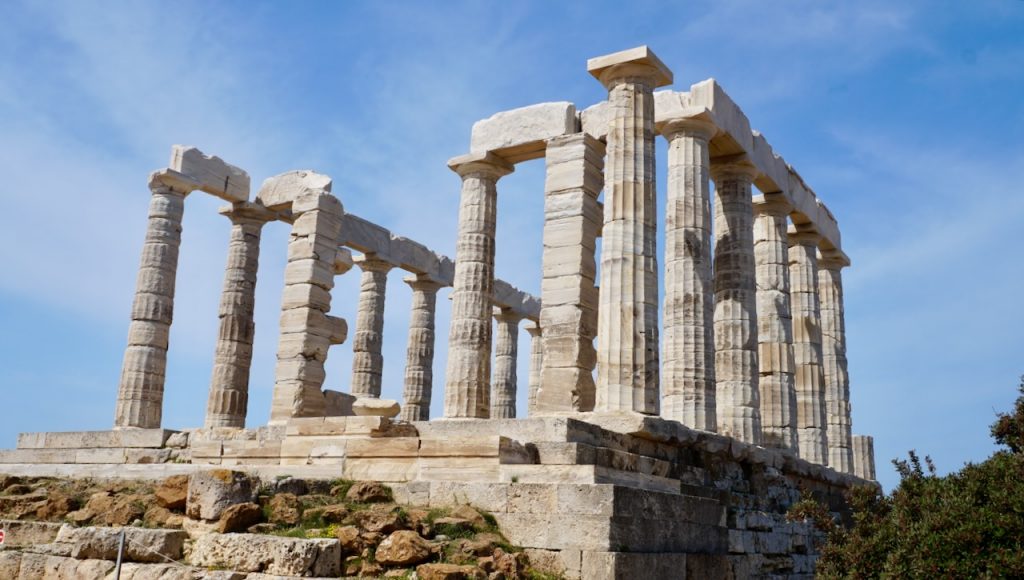
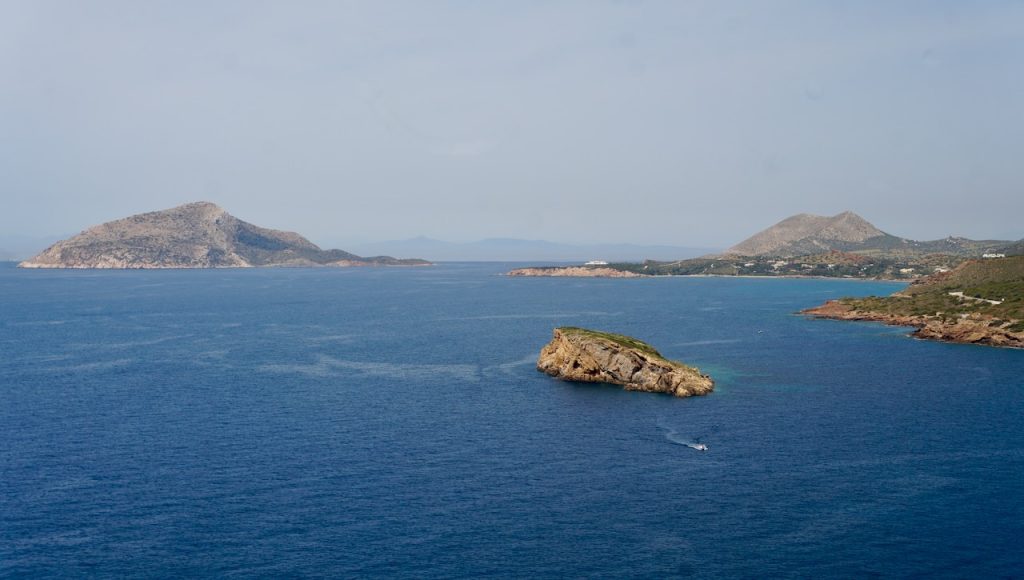
The god Poseidon was regarded as the “master of the sea” which was important to Greece as an early sea-trading nation. The Poseidon temple of Sounion is located on a hill high over the Aegean Sea about an hour’s drive south of Athens. The first temple on the site was built in 770 BC. It was destroyed by the Persians and later rebuilt in 440 BC, whose ruins we visited. The location high above the Aegean Sea provided an early warning location for enemy ships approaching Athens. It also served as a beacon (a temple lighthouse?) for Greek ships returning to Athens.
The Apollo Temple of ancient Corinth
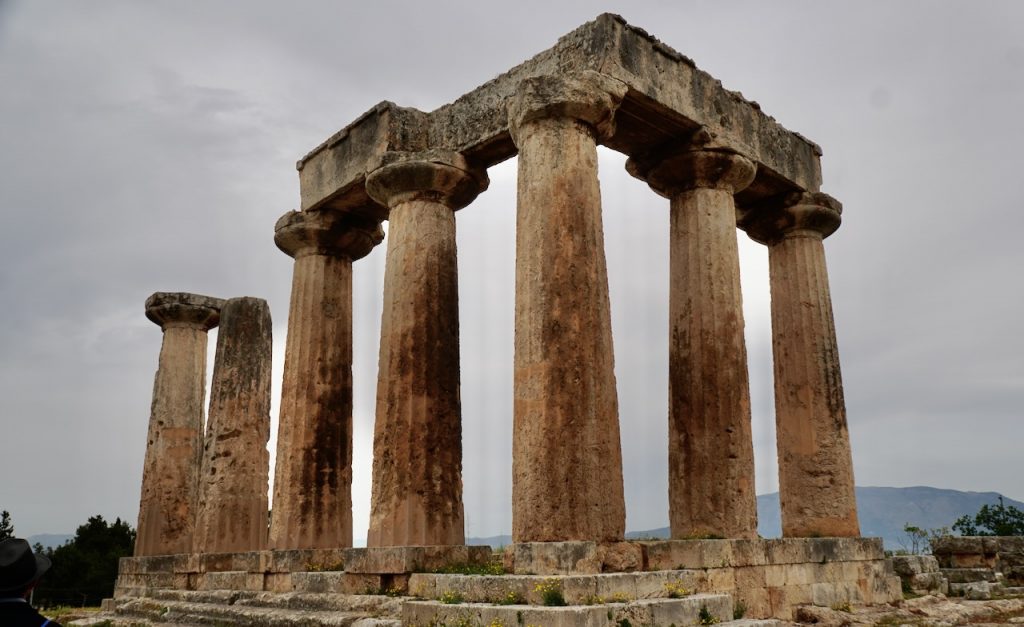
The ancient city of Corinth (close to contemporary Corinth) was located on the narrow strip of land the links mainland Greece and the Peloponnese peninsula, midway between the ancient powerful cities of Sparta and Athens. Corinth is mentioned in the bible as one of the locations visited by the Apostle Paul in the Acts of the Apostles and the book of Corinthians.
We visited the ruins of a Greek temple to Apollo dating from around 650 BC. The original temple had thirty-eight columns, of which seven survive. The temple ruins are located near the ruins of the previous village and amphitheater. A modern museum contains many artifacts recovered from the site.
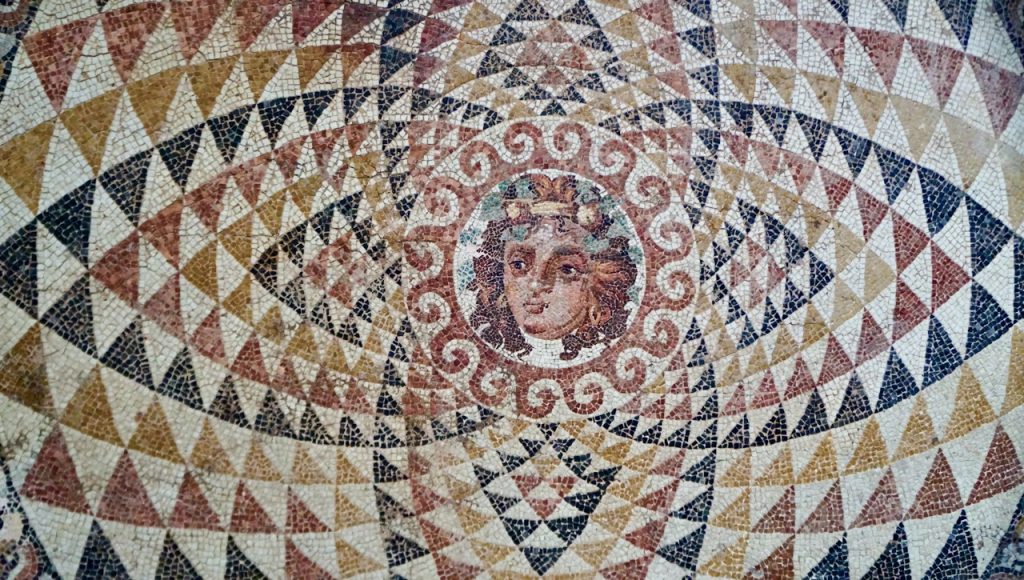
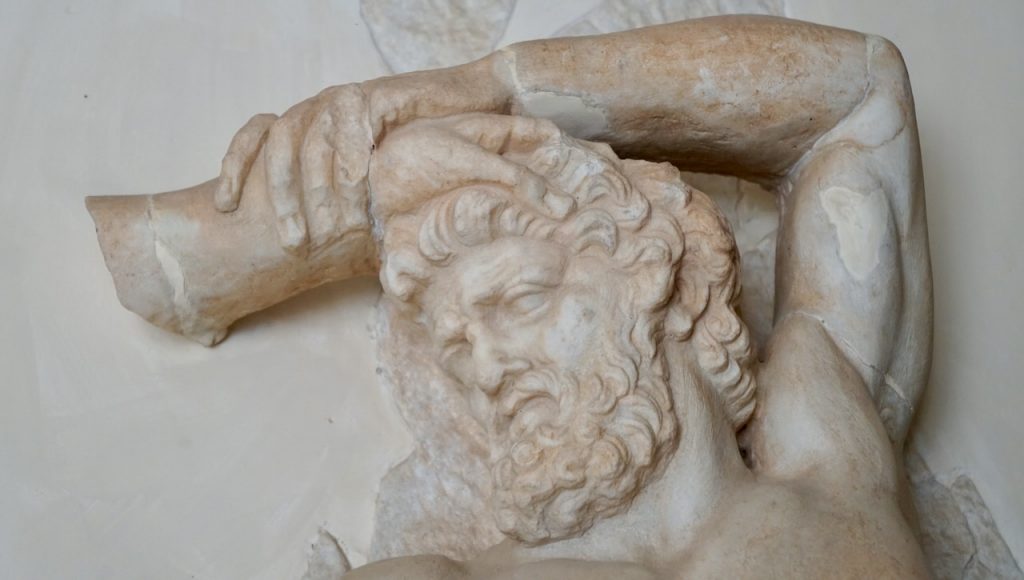
An interesting story in this regard is that Paul (in approximately 50 AD) was preaching about Jesus during travels around the Mediterranean. Paul, a Jew, was taken prisoner by Corinthian Jews and put on trial for blasphemy. At this time, Greece was ruled by the Romans. At Paul’s trial, the judge ruled that it was simply a doctrinal argument among the Jews, and thus not illegal. This ruling gave Paul the right/permission to preach freely throughout the Roman Empire.
The Corinth Canal
The Roman emperor Nero is said to have deployed ten thousand slaves in 67 AD to dig a canal to connect the parts of the Mediterranean that surround Corinth, the Ionian Sea to the north and the Aegean Sea to the south. Supposedly, they were only able to dig down a few feet before succumbing to starvation and plagues. The project was abandoned until 1830 when Greece gained independence from the Ottomans. The final construction phase began in 1882 and was completed eleven years later in 1893. The canal was destroyed by the Germans during World War II as they withdrew under a “scorched earth” policy. It was repaired by the US Army Corps of Engineers and opened again in its present form in 1948.
The Corinth Canal is approximately four miles long, 81 feet wide at the top and 70 feet wide at the bottom. The water is 26 feet deep and is at sea level, joining the Ionian and Aegean Seas. The walls are three hundred feet tall, nearly vertical, from bottom to top. The canal saves a 430 mile journey around the Peloponnese. It is too narrow for modern ocean ships, and thus is mainly used currently by tourist ships. Around 11,000 ships per year pass through the canal. (Source: Wikipedia)
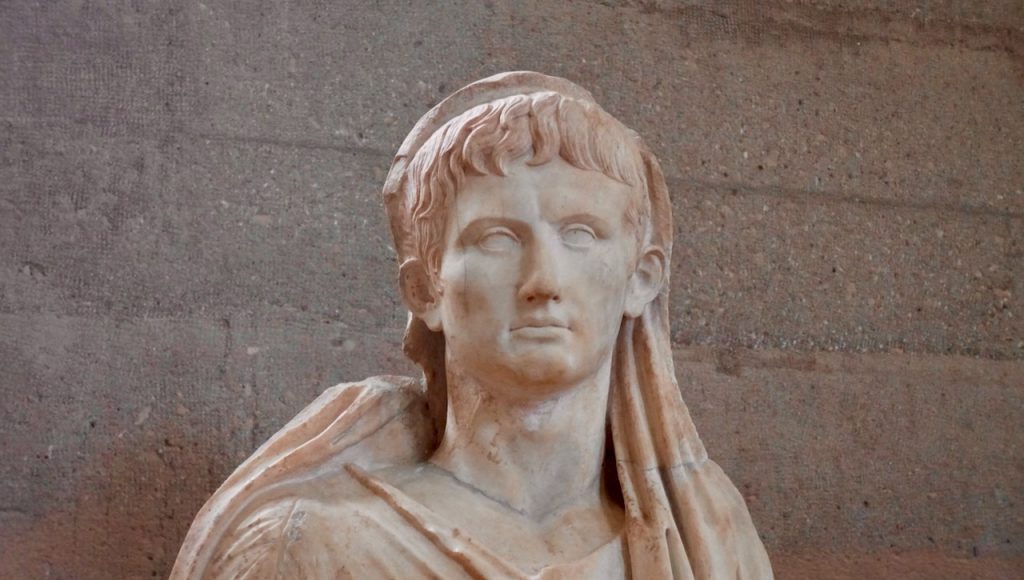
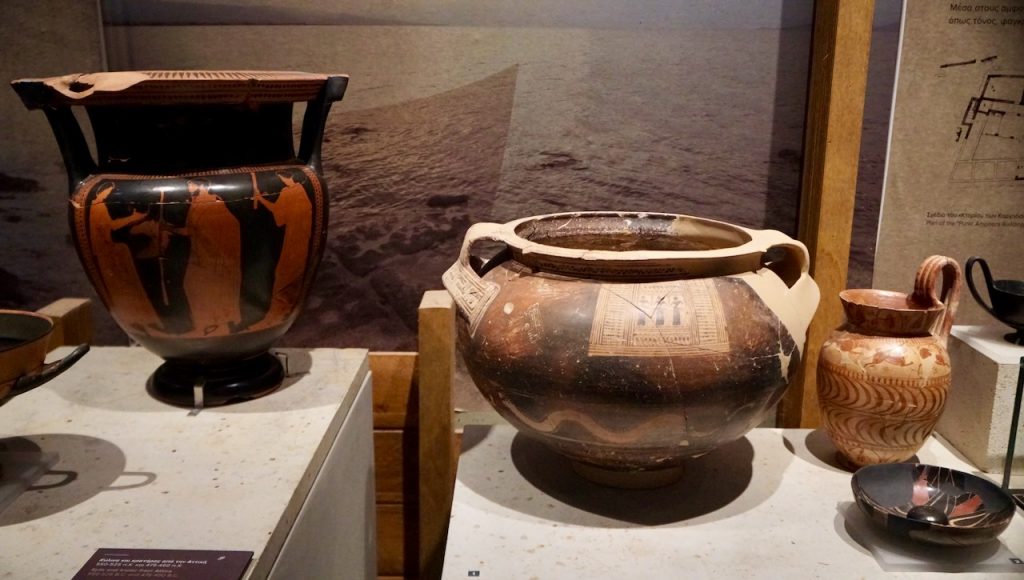
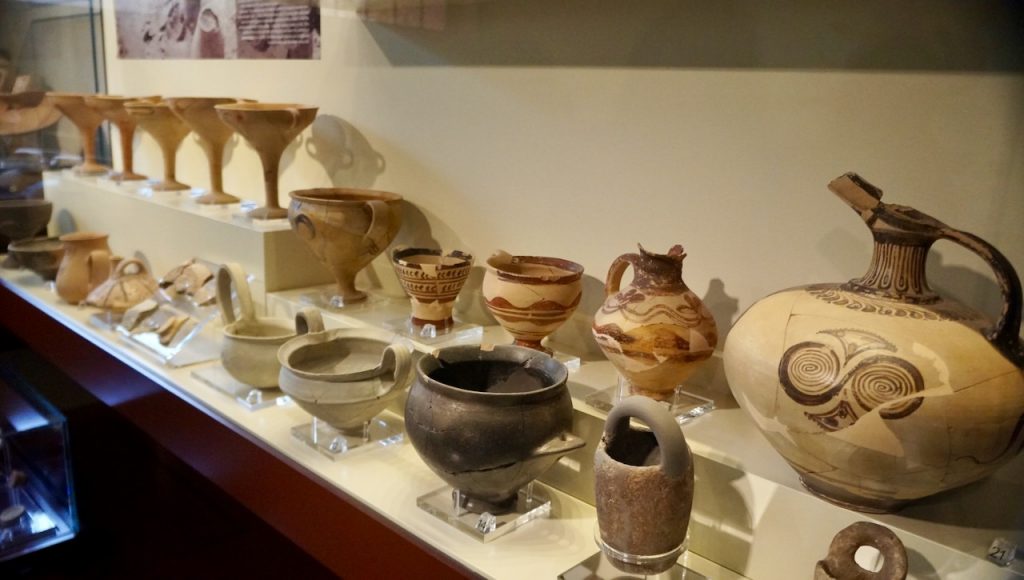

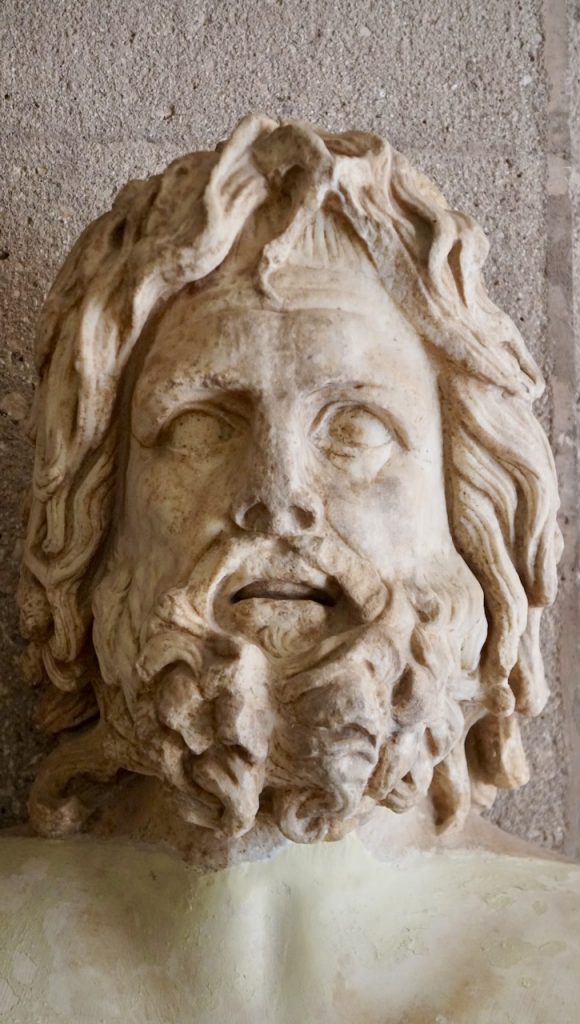
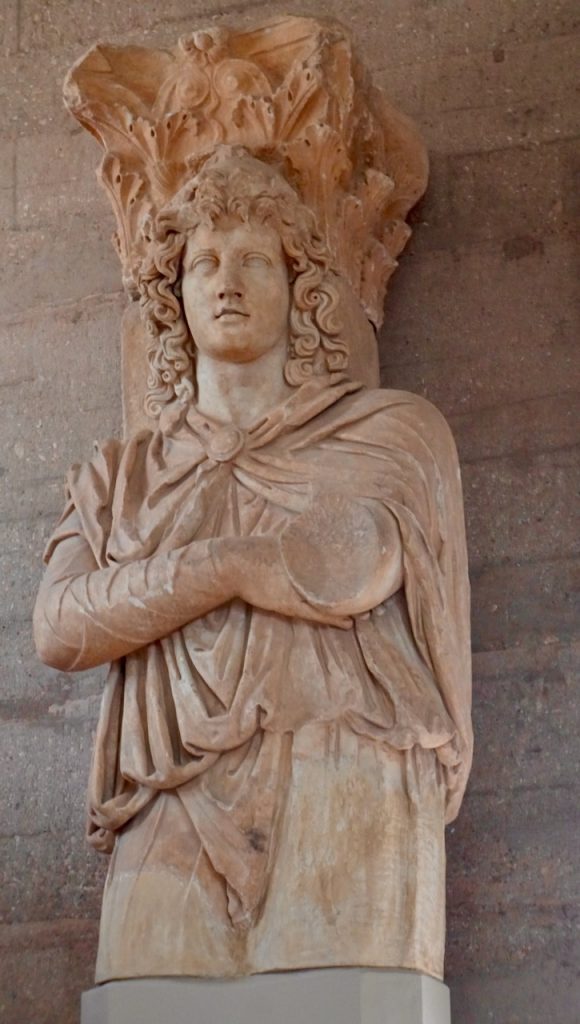
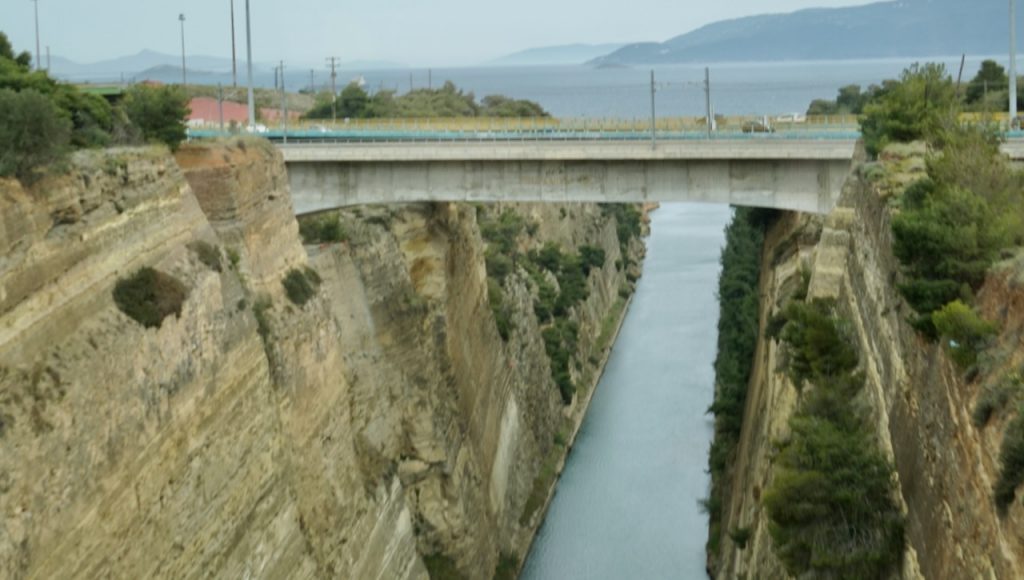

5 Comments on Greece
Join the Conversation